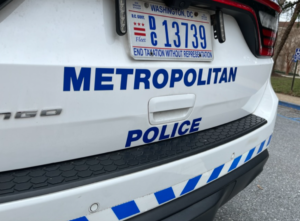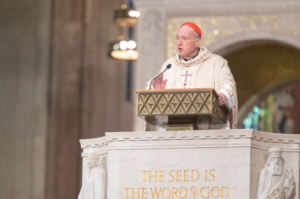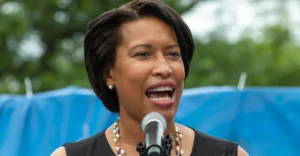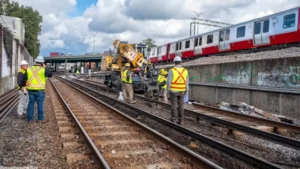Washington’s Rapid Gentrification Among the Highest in the Nation, Recently affecting Brookland
By Thomas Curry
Studies have been conducted for years regarding the effects of gentrification in communities such as Shaw, U Street Corridor and Columbia Heights; however, gentrification has recently made its way to Northeastern D.C., including the Brookland neighborhood.
Gentrification, a term that has risen in popularity since the turn of the twenty-first century, explains the rapid re-development and economic growth of a specific region, municipality or community that draws in higher income families and forces out lower income families to more affordable nearby areas.
The Washington Post reported a study conducted by the National Community Reinvestment Coalition (NCRC) last Tuesday revealing that 40 percent of low-income communities within Washington, D.C. borders have experienced the effects of gentrification between 2000 and 2013.
As a result, over 20,000 African American residents have been displaced to nearby counties outside of the district, making the District the city with the highest displacement of African Americans, with only Philadelphia trailing close behind, according to the NCRC.
Most notably, the District has recently ranked first in the category of “intensity of gentrification” according to the NCRC, specifically on the basis of the percentage of low-income communities that demonstrate the effects of gentrification.
The Washington Post mentioned Brookland as one of the biggest examples of a community that has, “undergone rapid economic change,” which has notably made communities such as Brookland much safer for its residents, but also encouraging long-time residents to move out to bordering Prince George’s County, Loudoun County, and Howard County among other more affordable areas.
In the past few years, Brookland has undergone significant renovation at the Metro station along John McCormack Road. Renovation and construction have also taken place in areas surrounding the Metro, such as along 12th Street and the 900 block of Monroe Street.
Back in 2016, there had been three attempts at establishing a 200-unit apartment complex on the 900 block of Monroe Street, which had been rejected by the D.C. Court of Appeals on each occasion. The fate of the currently barren block is yet to be decided, and has been met with generally mixed reactions from Brookland residents, land developers, and appeals courts. According to a separate report from the Washington Business Journal, there are residents and groups such as the Brookland Neighborhood Civic Association that believe these projects that have been pitched will not do anything for the general goal of creating affordable housing while still driving Brookland’s economy, let alone the District’s overall economy.
Conversely, a driving economy has made the community safer for residents to live in, while also providing the community with businesses that can more easily thrive. Stores and restaurants along 12th Street have generally seen an increase in foot traffic, such as San Antonio Bar and Grill, CVS, and Brookland’s Finest, and criminal incidents have significantly decreased since the turn of the new year.







